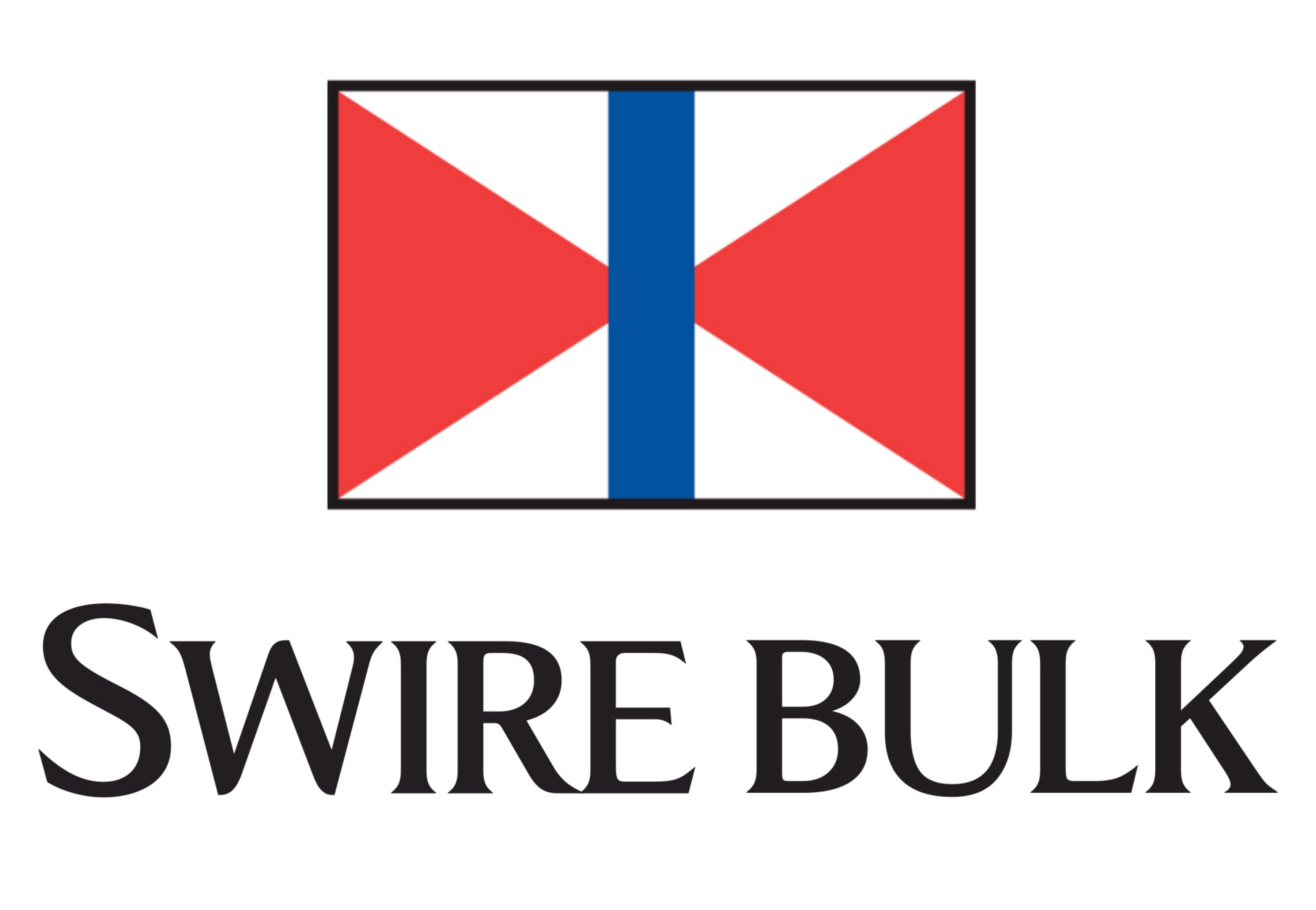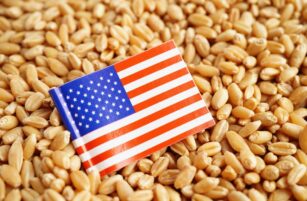
In 2018, the freight market experienced a forgettable year of earnings. Much of this was attributed to the outbreak of African Swine Flu (ASF) in China, which decimated its pig herd and saw seaborne corn import volumes collapse.
Unlike the US and UK, where beef is the preferred meat, pork is the national staple in China. The average Chinese citizen consumes 30kg of pork each year. By comparison, US and UK citizens each consume around 26kg and 18kg of beef a year respectively.
To meet its pork demand, China tends to over 310 million of world’s 677 million pigs (produced for meat consumption).
The yearlong ASF outbreak in China was a catastrophe for the nation and resulted in the death of 350 million pigs, saw pork prices soar and corn demand plunge. At the time, estimates suggested it would take China up to five years to re-establish its pig herd. However, as is common a story in China, heavy financial support from the Government, along with industry subsidies and ambitious pig production targets for each province helped its herd recover to almost pre-ASF levels in less than three years.
Chinese authorities have also taken steps to avoid a repeat of the ASF crisis. Strict biosecurity measures in the animal husbandry industry have been administered. Chief amongst these is heavy regulation of feed inputs, with waste and scrap effectively banned as animal feed. The result has seen world corn prices rally strongly on historically robust demand.

Last week, the United States Department of Agriculture (USDA) reported a succession of the ‘largest one-day purchase of US corn’ days. In the space of three days, China booked more than 5.8m tonnes of the grain, all for shipping within the next two quarters.

This is great news for the dry bulk freight market as China mainly sources its corn from Brazil and the USA. Both these origins entail long voyages and push vessel utilisation rates upwards.
2021 has seen a dramatically firm start and the outlook remains equally optimistic as the Chinese pork industry fuels expanding corn imports as its herd count continues to recover.

The ‘pig-to-food ratio’ is the ratio of the price of live pigs to the price of corn (the main feed). In simple terms, it approximates a profit margin (or the profitability) of the pig breeding industry. When the ratio of the hog to corn price is 6:1, hog breeders will breakeven. The higher the ‘pig-to-food ratio’, the greater the breeding profit, and vice versa.
In the past, Chinese authorities have regulated the ratio to ensure it remains in a range of 5.5 to 8.5, as indicated by the broken red line in the above-right chart.
Historically, when the ratio has jumped above 8.5, the Government has deemed the industry too profitable for breeders and would release pork reserves to push prices lower. When it’s dipped below 5.5, they’ve granted subsidies to pig farmers.
However, since ASF, in a bid to stimulate pig herd numbers, authorities have allowed the ratio to run higher and with it has come the higher corn demand. This will likely remain the case for the rest of 2021, based on pork futures pricing.
All in all, this is great news for the seaborne imported feedstock outlook and the freight market as a whole in 2021.

Other Opinions You Might Be Interested In…
- A Prosperous Start to the New Year for Dry Bulk Ship Owners
- Dry Bulk Shipping Costs Remain High in 2021
- Corn Rally Sparks Worry for Food Ingredients Sector
- Corn Prices Hit Eight-Year High, But Chinese Buying Persists













